Yes, you can ride your e-bike safely in the rain. You just need to follow some basic ebike rain safety steps. Slow down when roads get slick. Give yourself more room to stop. Use your lights so drivers see you. Try to avoid deep water. Good preparation matters. Make sure you can see and others can see you. Protect your e-bike’s electrical parts. With the right habits, ebike rain safety feels simple. Riding in the rain can be safe and even fun.
Key Takeaways
-
Slow down and keep a safe distance when riding in the rain to avoid slipping and accidents.
-
Use bright lights and wear reflective clothing to stay visible to drivers in low-light and wet conditions.
-
Protect your e-bike’s electrical parts by avoiding deep water and using waterproof covers and fenders.
-
Wear waterproof gear like jackets, pants, gloves, and shoe covers to stay dry and comfortable.
-
Clean and dry your e-bike after every wet ride to prevent damage and keep it working well.
eBike Rain Safety Basics
Wet Weather Risks
Wet weather riding brings its own set of challenges. You might notice that roads get slick and your tires lose grip. Many e-bike accidents in the rain happen because riders take risks or break traffic rules. Here are some common causes of accidents during wet weather riding:
-
Riders run red lights or use lanes incorrectly, especially on rainy mornings.
-
Wet and slippery roads make it harder to control your e-bike.
-
Riders sometimes skip wearing helmets or ride in heavy traffic, which increases danger.
-
Risky moves become even riskier when the road is wet.
Tip: Slow down and follow traffic rules closely during wet weather riding. Adjust your riding style to match the conditions.
Visibility Challenges
Rain makes it harder for everyone to see. You might find it tough to spot cars, and drivers may not see you either. Research shows that low-light and rainy conditions increase the risk of accidents for e-bike riders. Without bright lights or reflective clothing, you become almost invisible to others. Heavy rain can create a wall of water, making it even harder to see.
-
Lack of bike lights or reflective gear raises your risk.
-
Wet roads make it harder to react in time.
To stay safe, use bright front and rear lights, even during the day. Wear high-visibility clothing. Choose routes with good street lighting if possible.
Electrical Safety
Your e-bike has important electrical parts, like the battery and motor. Water can damage these parts and even cause fires if it gets inside. Manufacturers test e-bikes to handle some water, but too much exposure is risky. Water can lead to battery failures or overheating. Safety standards like UL 2849 help protect you by making sure e-bikes are tested for water resistance.
-
Water can cause battery problems or fires.
-
Charging or storing your e-bike in wet places increases risk.
-
Always keep electrical parts dry and avoid deep puddles.
Note: Protect your e-bike’s electronics to keep your rides safe and worry-free.
Preparation
Gear and Clothing
Getting ready for a rainy ride starts with what you wear. The right gear keeps you dry, warm, and visible. You want to enjoy your ride, not worry about soaked clothes or cold hands.
-
Gore Bike Wear Element Gore-Tex Active Pants and Jackets stand out for rain protection. They use special membranes and sealed seams to keep water out. These jackets and pants also let your skin breathe, so you do not get sweaty inside.
-
Showers Pass Transit and Elite 2.1 Waterproof Cycling Jackets and Pants use three layers of fabric and have vents for airflow. They also have reflective trims, which help drivers see you in low light.
-
Waterproof cycling gloves, like Craft Siberian Wind or Pearl Izumi Ride Pro AMFIB Lobster Gloves, keep your hands warm and help you grip the handlebars, even when it is wet.
-
Balaclavas, such as the Rockbros Cold Weather Balaclava, add warmth under your helmet. They are not fully waterproof, but they help on cold, rainy days.
Tip: Look for gear with bright colors or reflective strips. This boosts your visibility and adds another layer of rain protection.
Fenders, also called mudguards, are a must for wet rides. They block water and mud from splashing up onto you and your e-bike. Full-length fenders work best. They keep your legs, feet, and bike parts cleaner and drier. Waterproof shoe covers slip over your shoes and stop water from soaking your feet. Dry feet mean you stay comfortable and focused on the road.
Tire and Brake Check
Your tires and brakes need extra attention before you operate an electric bike in the rain. Wet roads can make stopping harder and reduce grip.
-
Lower your tire pressure by about 10% (usually 5-10 psi less than normal). This gives your tires a bigger contact patch, which helps you grip the road better. Do not go too low, or you might get a flat tire.
-
Check your tire tread. Deep grooves and channels help push water away, so your tires do not slip. If your tires look worn or smooth, it is time to replace them.
-
Tubeless tires let you run lower pressure safely, which can help with rain protection and traction.
Brakes wear out faster in wet weather. Water and mud can make them less effective. You should check your brakes more often if you ride in the rain a lot. Here is a simple table to help you remember:
|
Maintenance Task |
Recommended Frequency |
|---|---|
|
Inspect brakes and pads |
|
|
Replace brake components |
Note: If your brakes make noise, feel weak, or the pads look thin (less than 1-2mm), replace them right away. Clean your brakes after every wet ride to help them last longer.
Protecting Electronics
Rain protection for your e-bike’s electronics is just as important as keeping yourself dry. Water can damage the battery, display, and connectors. You want to keep these parts safe so your e-bike works well every time.
-
Use waterproof covers for your battery and display. Some covers use neoprene, which keeps out water and also helps in cold weather.
-
Install full-coverage fenders. These protect the battery, motor, and other parts from water and road spray.
-
Store your e-bike indoors or under a cover when you are not riding. This keeps rain off and helps prevent corrosion.
-
Avoid riding through deep water. Even though most e-bikes have sealed motors and batteries, they are not made for submersion. Deep water can cause corrosion and electrical failure.
-
After a wet ride, dry your e-bike with a towel. Remove the battery if possible and let it dry in a warm, ventilated place.
-
Check battery compartments and connectors for water. If you see any, dry them before turning your e-bike back on.
-
Use protective films or thicker covers on your display to keep out rain and prevent scratches.
-
If you notice cracks or loose connections, get them fixed right away to keep water out.
Never use a pressure washer on your e-bike. High-pressure water can force its way into seals and damage electronics.
With the right rain protection steps, you can ride safely and keep your e-bike in top shape, even on the wettest days.
Ride Your eBike Safely
Adjusting Speed
When you ride your e-bike in the rain, speed control becomes your best friend. Wet roads make it much easier to lose grip, especially when you turn or stop. Traffic safety guidelines say you should always slow down when the pavement is wet. You do not need to know an exact number—just focus on riding at a pace where you feel in control. Lower your speed before you reach corners or curbs. This helps you avoid slipping and gives you more time to react if something unexpected happens.
Tip: If you feel nervous about your speed, you are probably going too fast. Trust your instincts and slow down.
Riding in the rain means you need to give yourself more space to stop. Wet surfaces increase your stopping distance, so start braking earlier than you would on dry roads. Keep your speed steady and avoid sudden bursts of power from your e-bike’s motor. This helps you stay balanced and safe.
Braking Techniques
Braking on wet roads takes a little more skill. You want to avoid skidding, so use both brakes gently and evenly. Squeeze the brake levers slowly instead of grabbing them hard. This helps your tires keep their grip on the road. If your e-bike has hydraulic disc brakes, you will notice they work better in the rain than rim brakes. They give you stronger and more consistent stopping power.
Here are some best practices for riding and braking safely in the rain:
-
Use both front and rear brakes together for smooth stops.
-
Adjust your brake pads so they sit close to the rim or rotor, but not too tight.
-
Choose water-resistant brake pads if you use rim brakes. They help you stop faster on wet roads.
-
Clean your brake surfaces after every ride. Dirt and water can make them slippery.
-
Check your brake pads often. Wet weather wears them out faster.
-
If you have mechanical brakes, make sure the cables are tight and responsive.
Note: Always test your brakes before you start your ride. If they feel weak or noisy, fix them before heading out.
Avoiding Hazards
Riding in the rain brings new hazards you might not notice on dry days. Some surfaces get very slippery when wet, and puddles can hide deep holes or sharp objects. You need to watch the road closely and make smart choices to ride your ebike safely in the rain.
Here is a table to help you spot and avoid common hazards:
|
Road Hazard Type |
How to Spot It |
How to Stay Safe |
|---|---|---|
|
Metal surfaces |
Look for manhole covers, grates |
Avoid riding over them; slow down if you must cross |
|
Painted lines/crosswalks |
Notice white or yellow road markings |
Do not ride directly on them; reduce speed |
|
Fallen leaves |
Watch for piles of leaves |
Steer around them; they are extra slippery when wet |
|
Construction zones |
Signs, cones, or rough pavement |
Choose another route if possible |
|
Railway tracks |
Metal rails across the road |
Cross at a 90-degree angle to avoid slipping |
|
Oily patches |
Shiny or rainbow-colored spots |
Steer clear; these are very slick |
|
Gravel/unpaved surfaces |
Loose stones or dirt |
Avoid these areas in the rain |
Other tips for riding safely in the rain:
-
Never ride through deep water. You cannot see what is underneath, and water can damage your e-bike’s electronics.
-
Avoid sharp turns and sudden movements. Wet tires can slide out if you turn too quickly.
-
Plan your route to avoid areas that flood or drain poorly. Use bike lanes or quieter streets with good drainage. Digital maps and weather apps can help you find safer paths.
-
Wear bright or reflective clothing and use your lights, even during the day. This makes you easier to see.
Callout: If you see a flooded street, turn around and find another way. It is not worth the risk to ride an electric bike through deep water.
By following these best practices for riding, you can ride your ebike safely in the rain. Take your time, watch for hazards, and enjoy the ride—even when the weather is wet.
Accessories for Safely in the Rain
Fenders and Mudguards
You want to stay dry and keep your e-bike clean when it rains. Fenders and mudguards help a lot, but not all of them work the same. Riders say rear fenders do a good job stopping water from spraying up your back. Front fenders, though, sometimes let water splash onto your lower legs and feet, especially if you ride fast or in heavy rain. Full coverage mudguards protect you much better than small, partial ones. If you want real rain protection, combine full fenders with waterproof clothing.
Here’s a quick look at some top fender choices:
|
Fender Model |
Best For |
Key Features |
Why Riders Like It |
|---|---|---|---|
|
SKS Bluemels Mudguards |
Commuting, road, hybrid bikes |
Full coverage, lightweight, easy to install |
Great protection, trusted brand |
|
Crudcatcher X2 |
Off-road, mountain, trail |
Flexible, quick install, fits wide tires |
Easy to use, good for muddy trails |
|
Zefal Swan Road |
Road, touring |
Full-length, aerodynamic, adjustable |
Durable, works in all weather |
|
Topeak Defender M1/M2 |
Mountain, trail |
Front and rear, tool-free install |
Handles mud well, easy to remove |
|
Axiom Rainrunner 360 |
All-weather commuting |
360° coverage, fits wide tires, sleek design |
Maximum water protection, year-round use |
Tip: No fender keeps you totally dry in heavy rain. Wear waterproof pants and shoe covers for the best results.
Lights and Reflectors
Rainy days make it hard for drivers to see you. Good lights and reflectors help you stand out. Modern e-bike lights have cool features like adaptive brightness, brake-sensing rear lights, and side illumination. These features make you visible from every angle. You should use at least 400-800 lumens for city riding. If you ride in the suburbs or off-road, go for 800-1200 lumens or more.
Reflective strips on your ankles, knees, and wrists help drivers spot you from far away—sometimes over 500 feet! Research shows that white stripes on your rear tire make you even easier to see, both in sunlight and at night with headlights. This extra visibility keeps you safer and lowers your risk of accidents.
-
Use front and rear lights, even during the day.
-
Add reflectors to your wheels, pedals, and clothing.
-
Wear bright or reflective gear for extra safety.
Callout: Lights and reflectors do the work for you. You just ride and stay safe!
Waterproof Storage
You need a way to keep your stuff dry when you ride in the rain. Waterproof storage bags with sealed zippers and roll-top closures work best. Panniers come in two types: hard-shell for fragile items and soft-shell for lighter loads. Many riders like compact panniers such as the Ortlieb Back-Roller because they are tough and keep water out. Bigger panniers (30L or more) give you space for clothes, tools, and snacks.
Other options include rear racks, cargo trailers, front baskets, and saddlebags. These help you carry things without getting them wet. Look for bags made from strong, watertight materials with secure fastenings. This keeps your gear safe from rain, dust, and road debris.
Note: Pair waterproof bags with fenders and rain covers for the best protection. You will ride with peace of mind, knowing your belongings and e-bike parts stay dry.
After the Ride
Cleaning and Drying
Rain leaves your eBike wet and dirty. You want to clean and dry it right away to stop rust and electrical problems. Start by turning off your eBike and removing the battery. Use a soft cloth to wipe down the frame, battery, motor, and wiring. For hard-to-reach spots, a compressed air blower works well. Gently rinse the frame with a spray bottle or low-pressure hose—never use high-pressure water. High-pressure sprays can force water into sensitive parts and remove important grease.
Here’s a simple cleaning routine:
-
Wipe off mud and water with a microfiber cloth.
-
Clean the frame and wheels with soapy water and a soft brush.
-
Use a chain cleaner on the drivetrain, then dry and add wet-weather lubricant.
-
Dry the bike completely, focusing on the chain, connectors, and battery area.
-
Let the eBike air dry in a well-ventilated spot for a day if it got very wet.
Tip: Always dry the battery and connectors before putting the battery back in.
Inspecting for Damage
After cleaning, check your eBike for signs of trouble. Look at the connectors and wiring for any green spots, rust, or moisture. These can mean water got inside. Check the display and control panel for fog or strange behavior. Spin the wheels and listen for odd sounds from the motor. If you see flickering lights, weak power, or odd noises, your eBike may need a closer look.
-
Dry connectors with a soft cloth or low-heat hair dryer.
-
Apply a little dielectric grease to connectors to keep out moisture.
-
Watch for slipping gears or crunchy chains—these need cleaning and oil.
Note: If you spot serious damage, ask a bike shop for help.
Storage Tips
Never store your eBike while it’s wet. Always dry it first. Keep your eBike in a dry, covered place like a garage or basement. Store the battery at about half charge in a cool, dry spot. Use a bike cover to protect from dust and moisture. Lubricate the chain and moving parts before storage. Check seals and covers on the battery and motor to keep water out.
A quick storage checklist:
-
Dry all parts, especially electrical ones.
-
Lubricate the chain and gears.
-
Inspect for rust or corrosion often.
Callout: Good cleaning and storage habits help your eBike last longer and ride better, rain or shine!
You can master ebike rain safety with a little planning and the right habits. Prepare with waterproof gear, fenders, and bright lights. Ride cautiously—slow down, avoid puddles, and keep your electronics dry. After your ride, clean and store your eBike properly. Here’s a quick checklist for ebike rain safety:
-
Lower tire pressure for better grip.
-
Use front and rear lights.
-
Avoid deep water.
-
Dry and lubricate your eBike after every wet ride.
Stay safe and enjoy every ride, rain or shine!
FAQ
Can you ride any eBike in the rain?
Most eBikes can handle light to moderate rain. Always check your eBike’s manual for water resistance info. Avoid riding in heavy storms or deep water. If you see sparks or hear odd noises, stop and dry your eBike.
How do you keep your feet dry while riding?
Wear waterproof shoe covers or boots. Full-length fenders help block water from splashing up. You can also pack an extra pair of socks in a waterproof bag for emergencies.
Will rain damage your eBike battery?
Light rain usually won’t hurt your battery if you use covers and avoid deep puddles. Always dry the battery and connectors after your ride. Never charge your eBike when it’s wet.
What should you do if your eBike gets soaked?
Turn off your eBike right away. Remove the battery and dry all parts with a towel. Let everything air dry before you ride again. If you see rust or damage, visit a bike shop.









 S2
S2
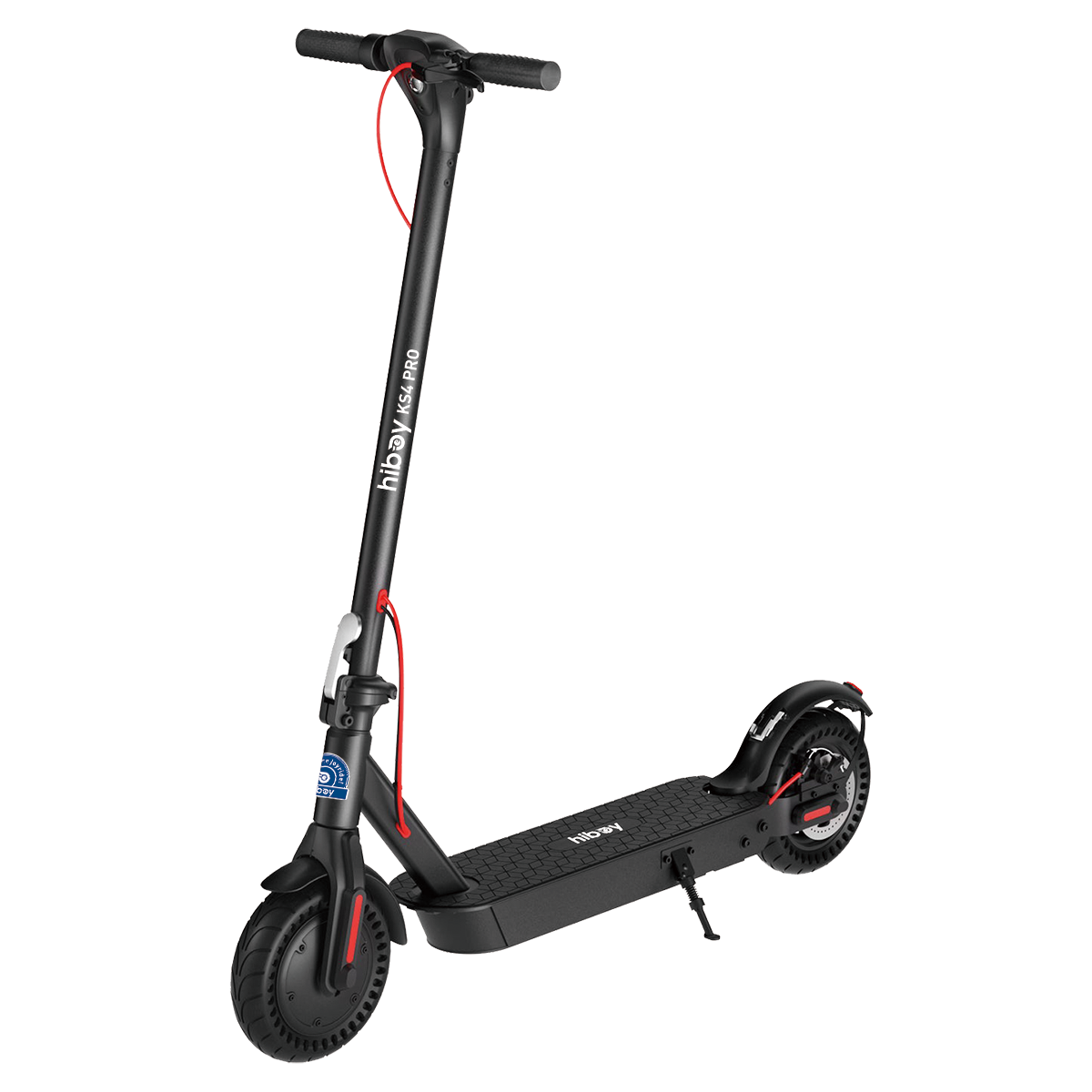 KS4 Pro
KS4 Pro
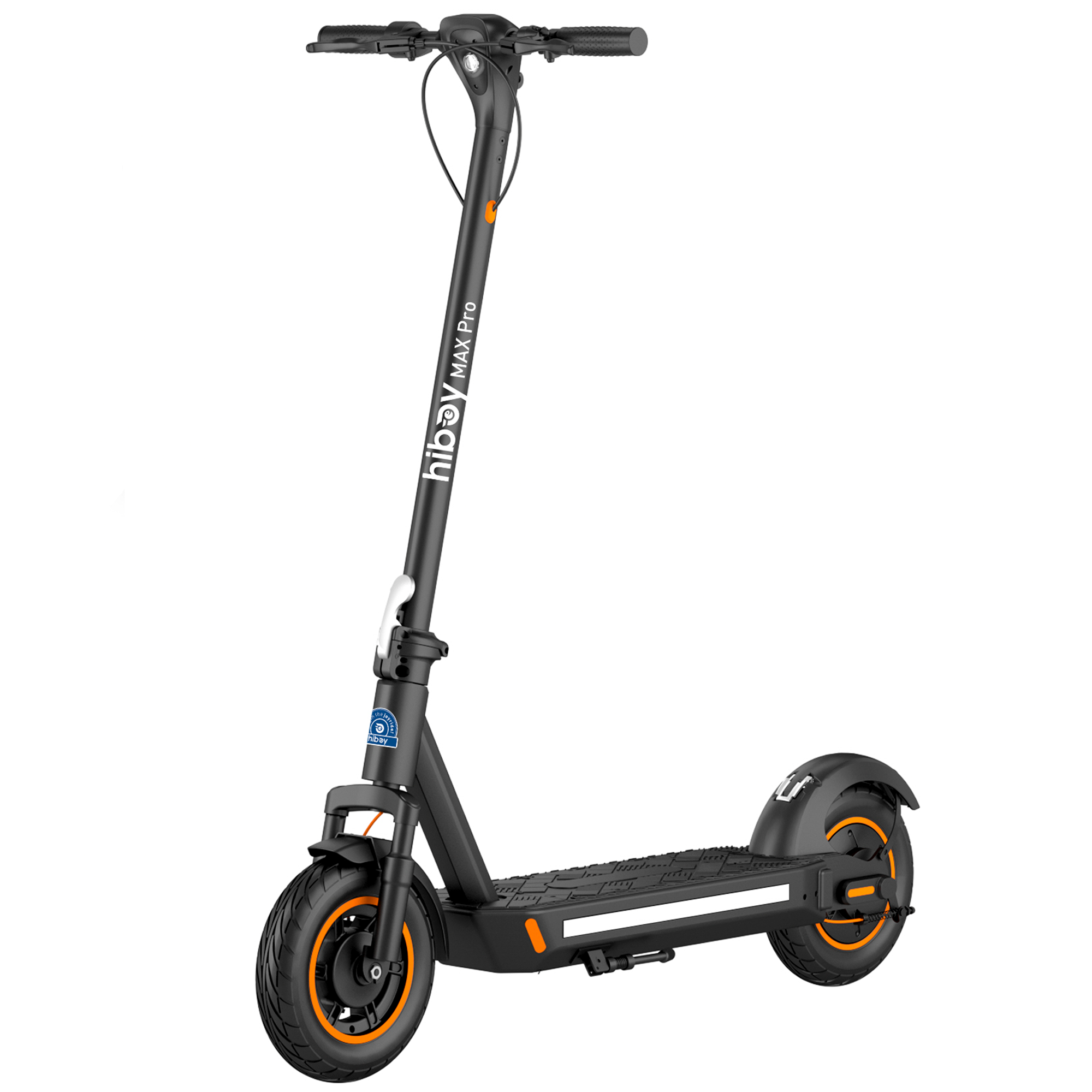 MAX Pro
MAX Pro
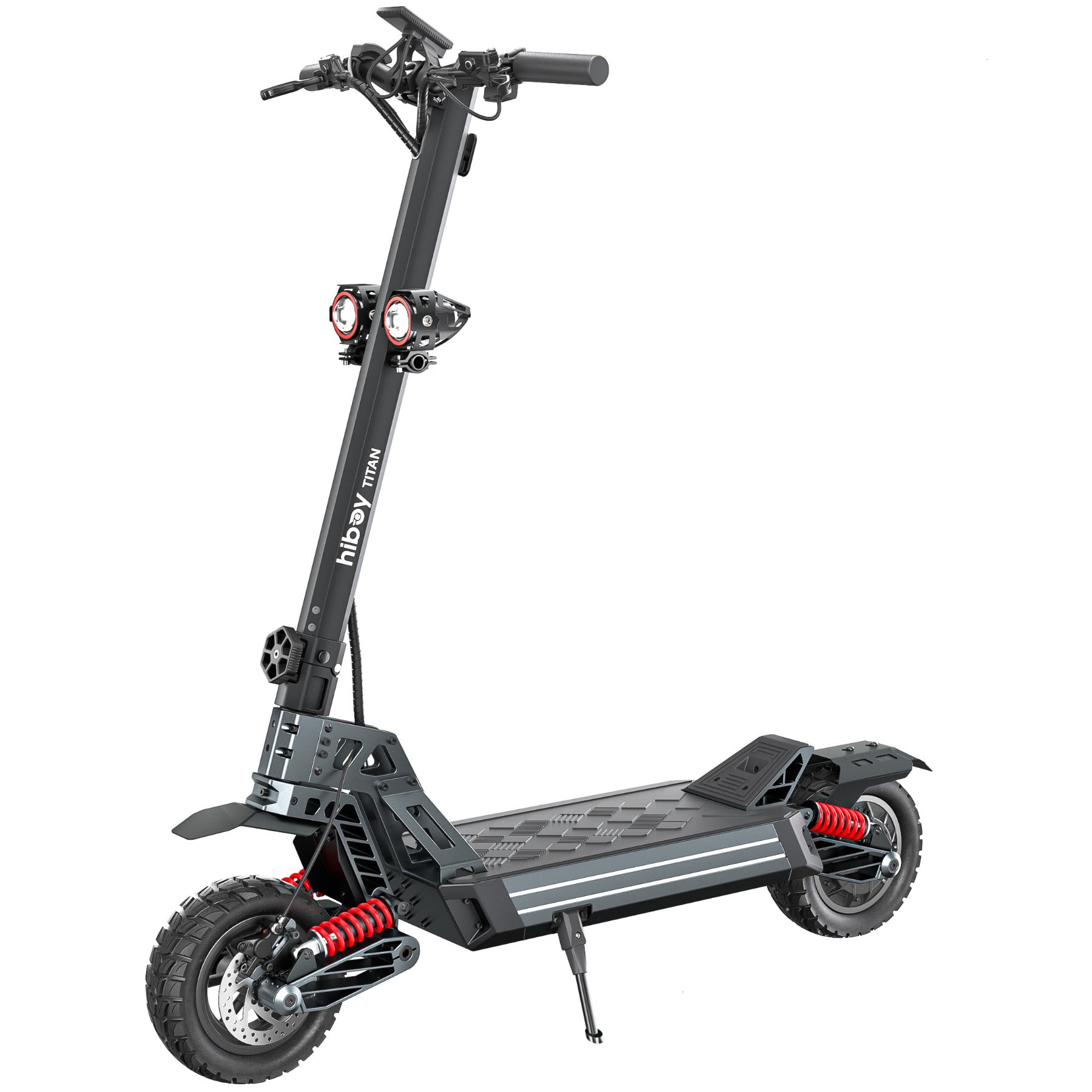
 TITAN
TITAN
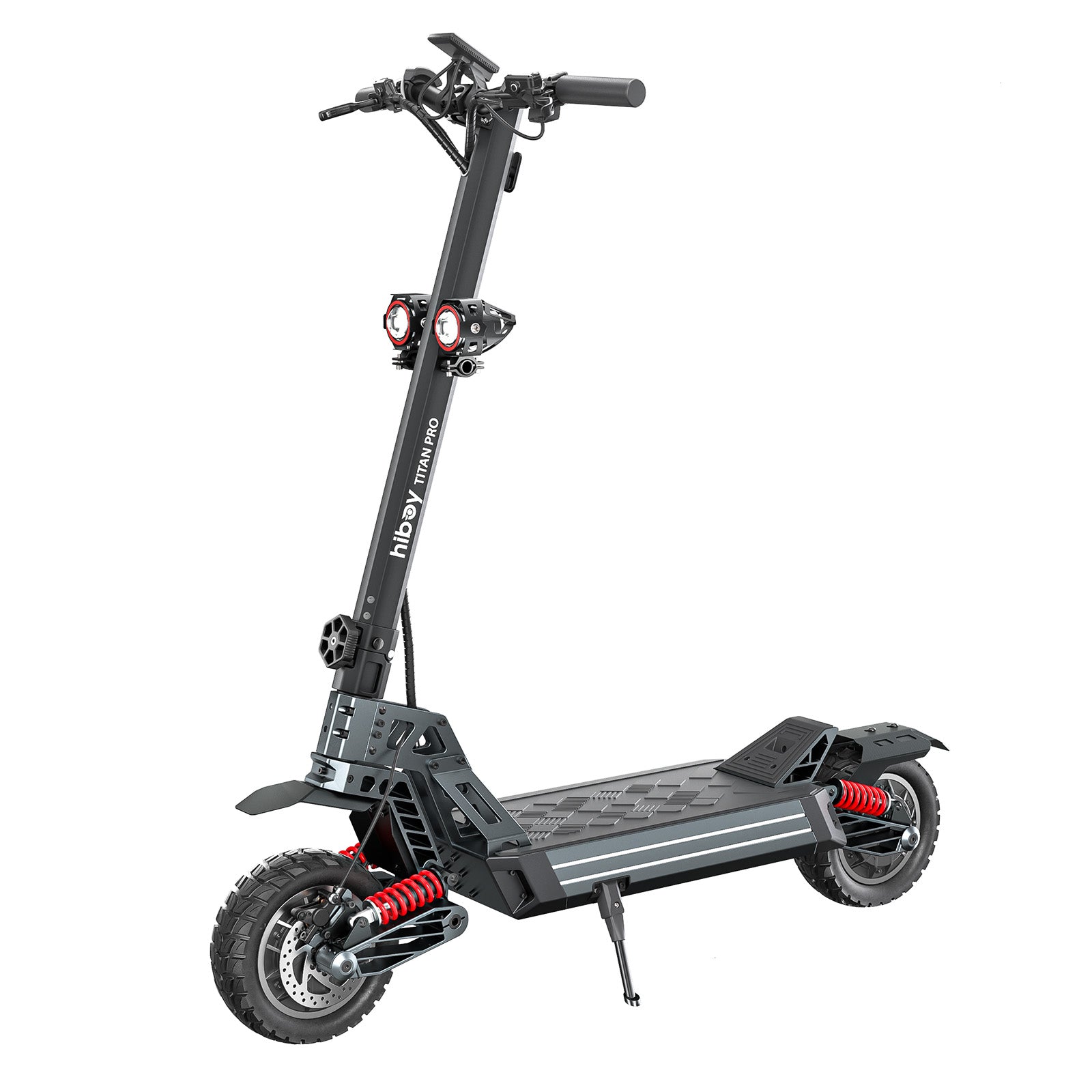
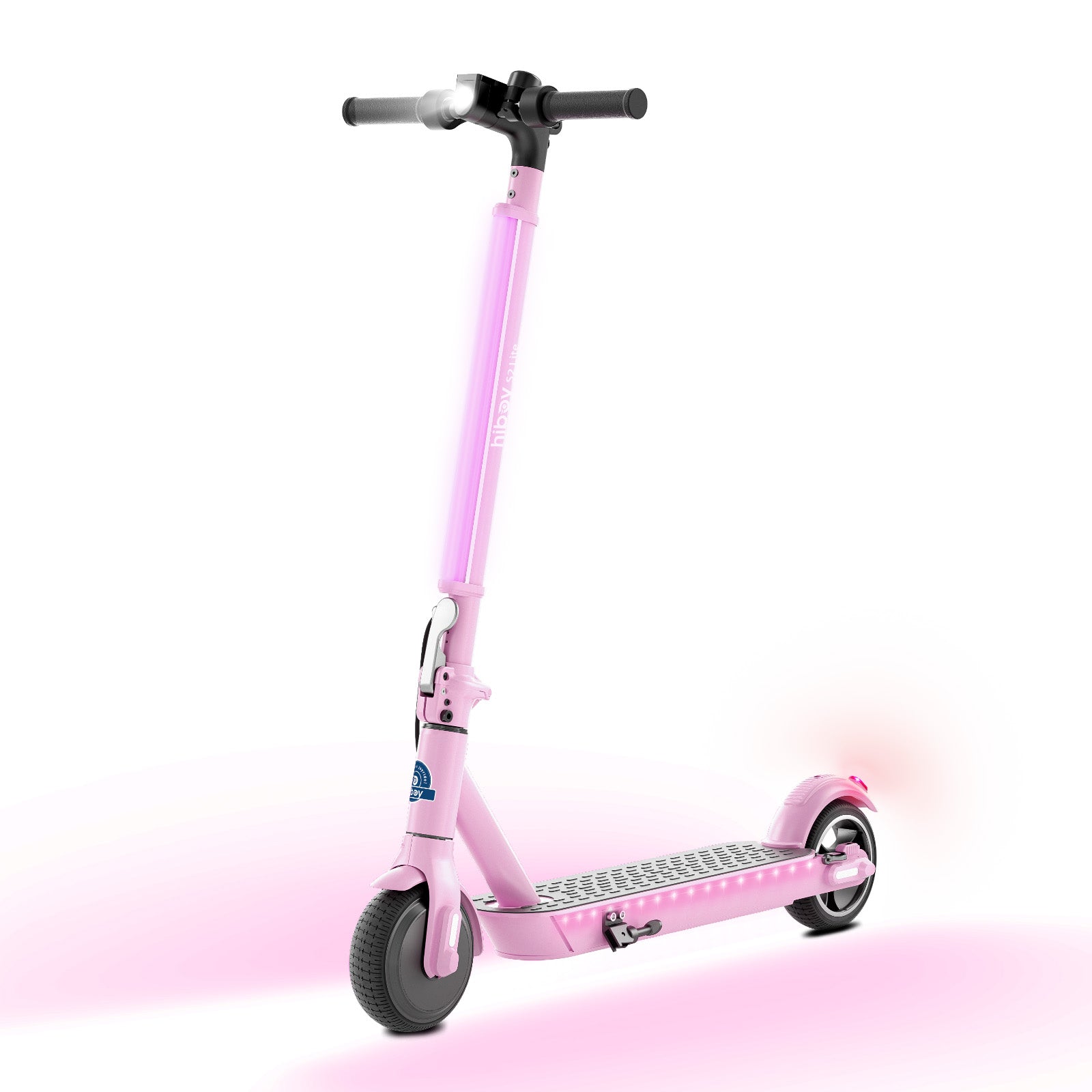 S2 Lite
S2 Lite
 Light-Weight & Portable
Light-Weight & Portable
 Long Range
Long Range
 For Heavy Riders
For Heavy Riders
 Big Wheel
Big Wheel
 With Seat
With Seat
 Fast
Fast


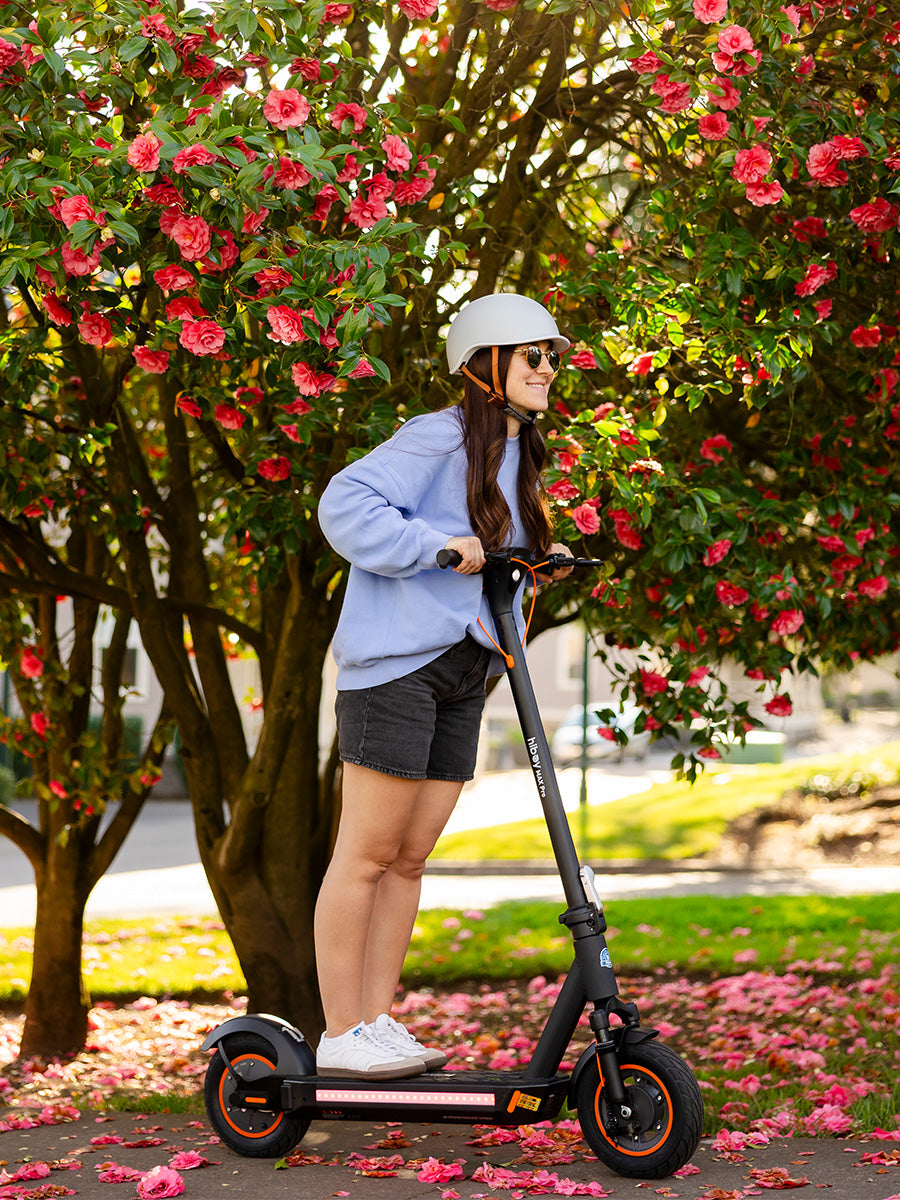

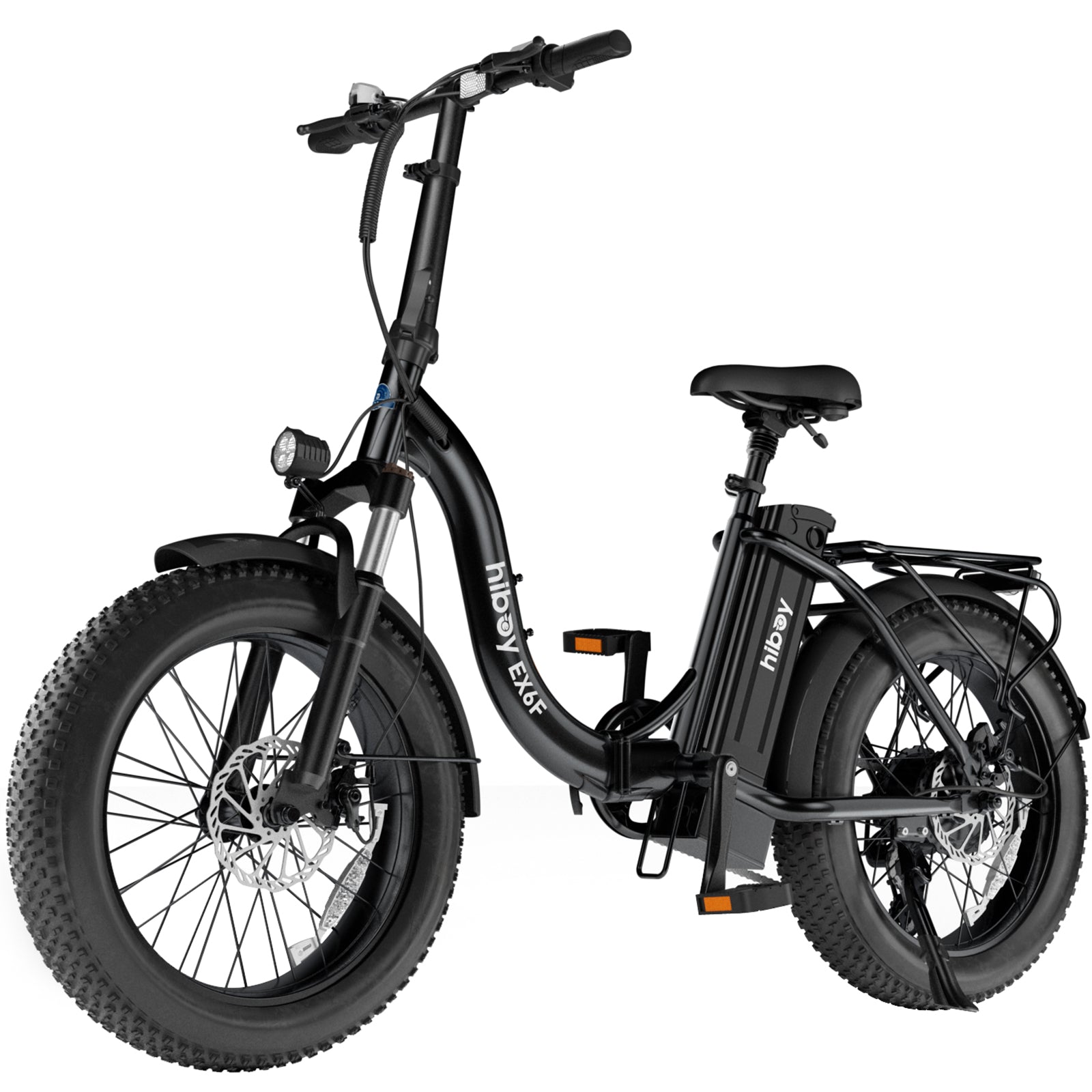
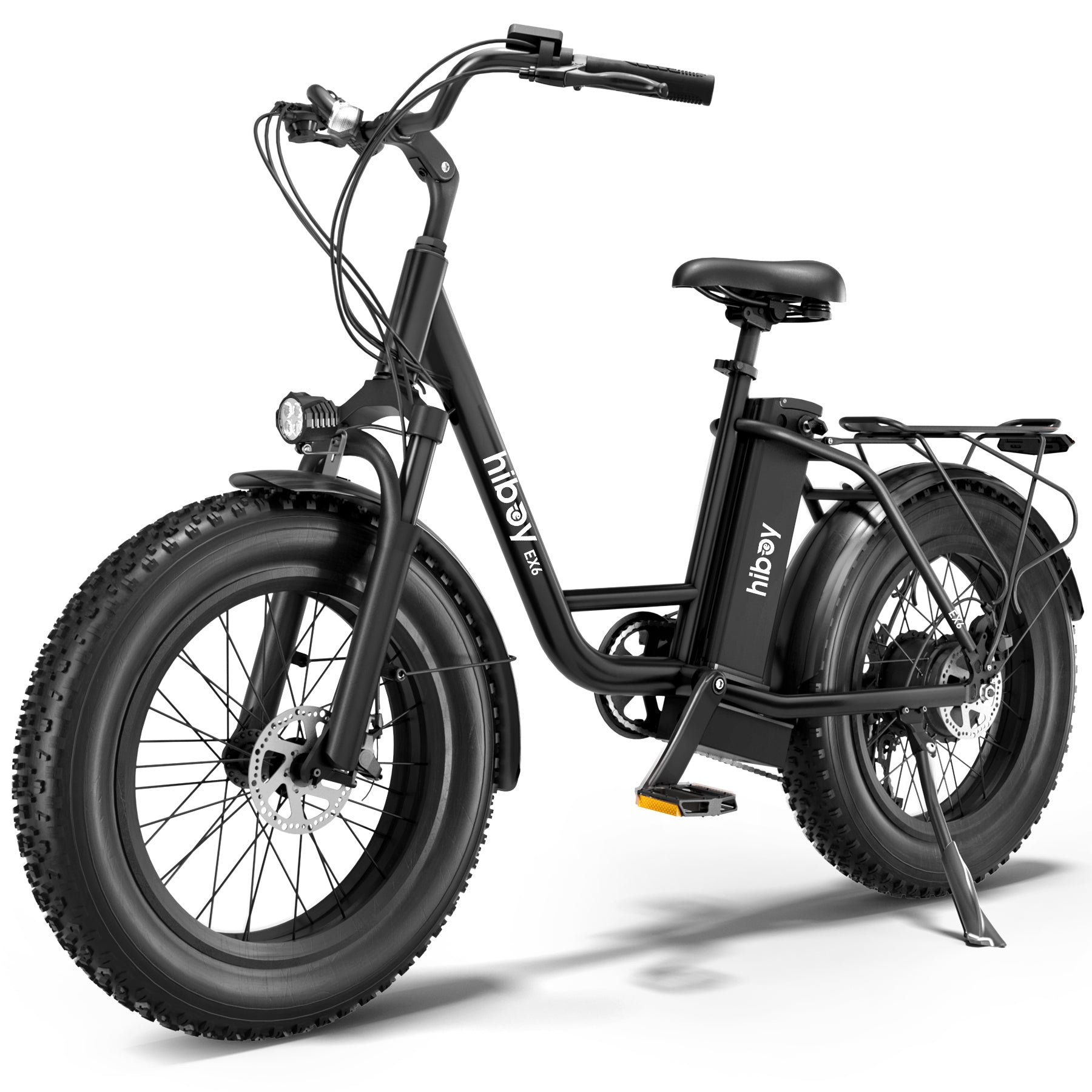 EX6
EX6
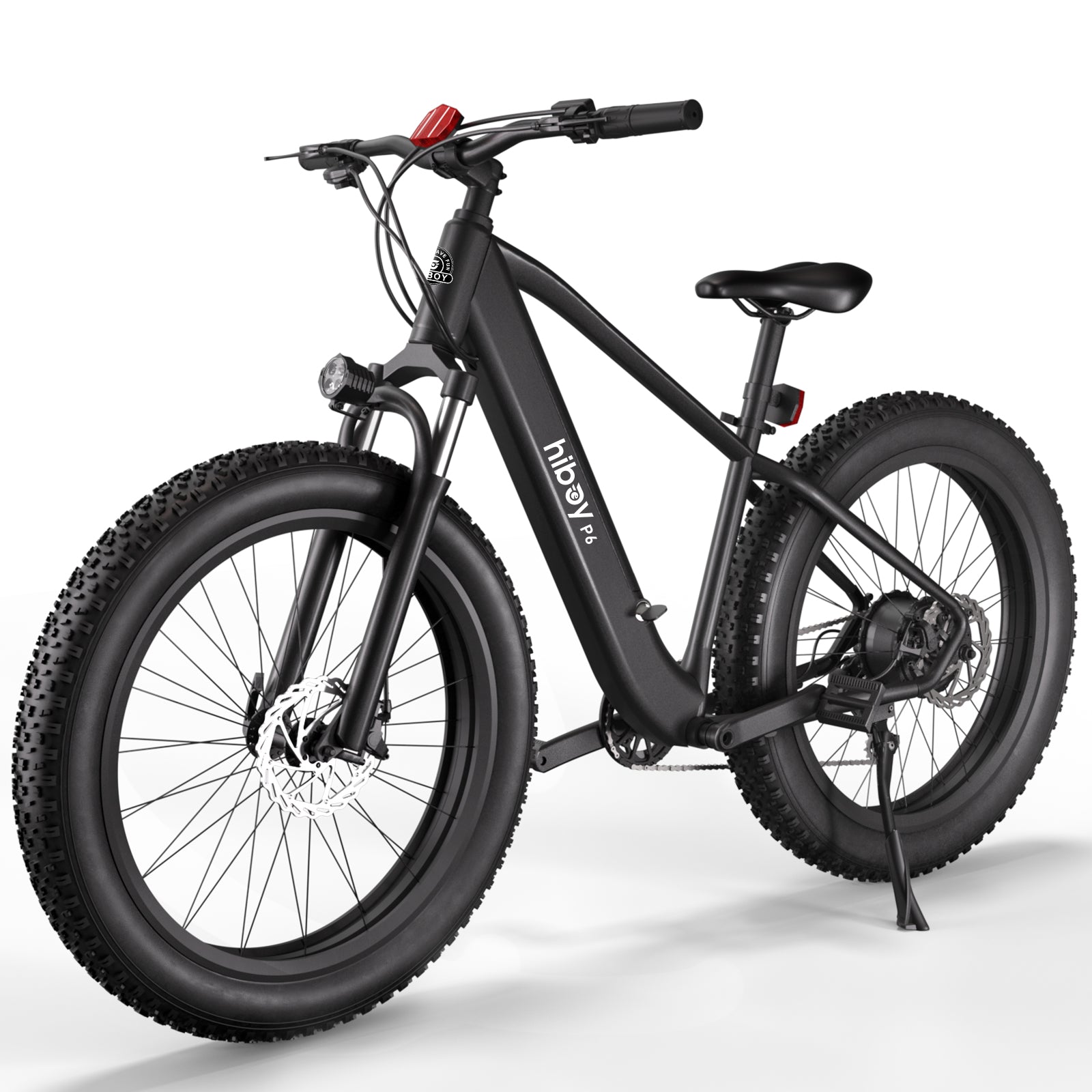 P6
P6
 P7
P7
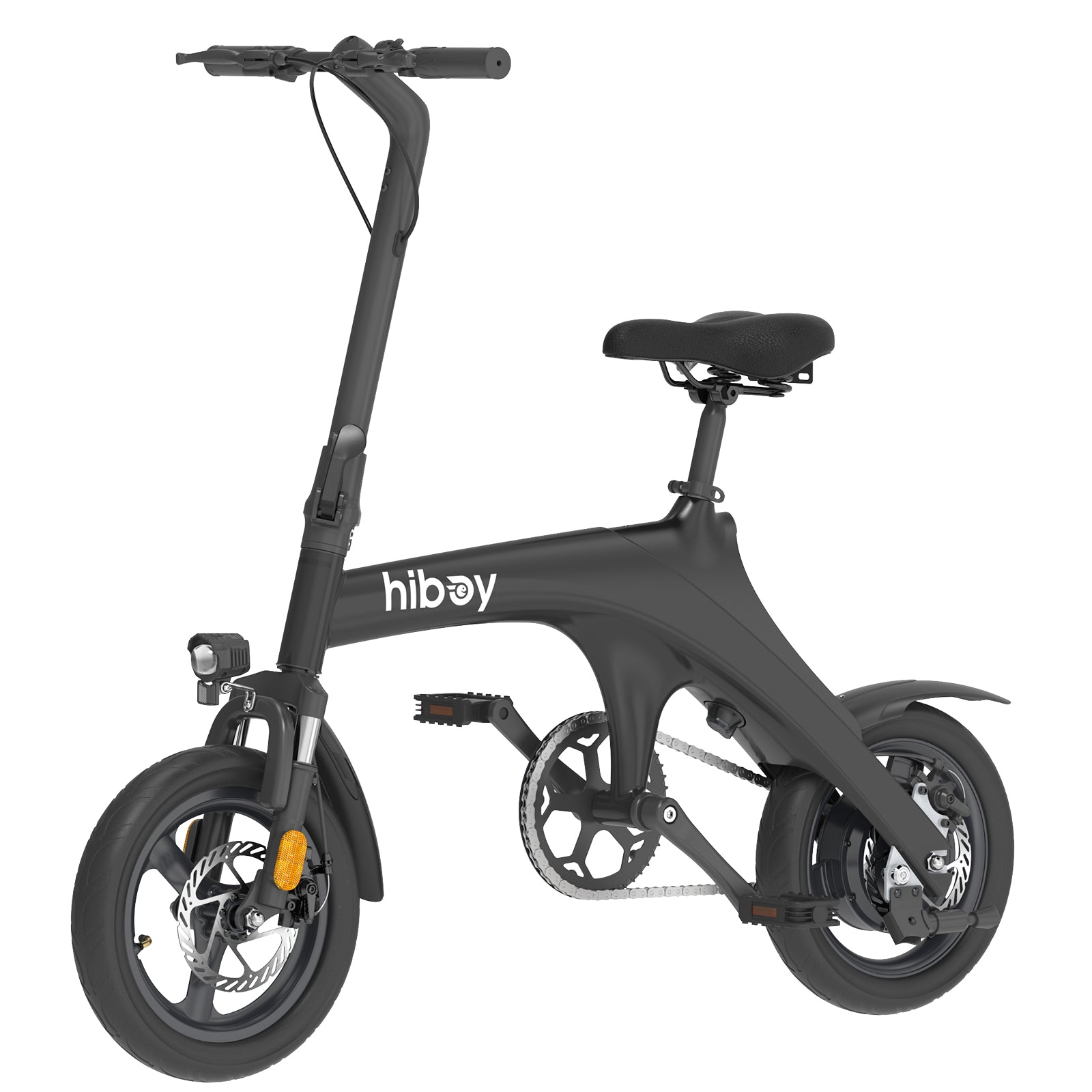 C1
C1
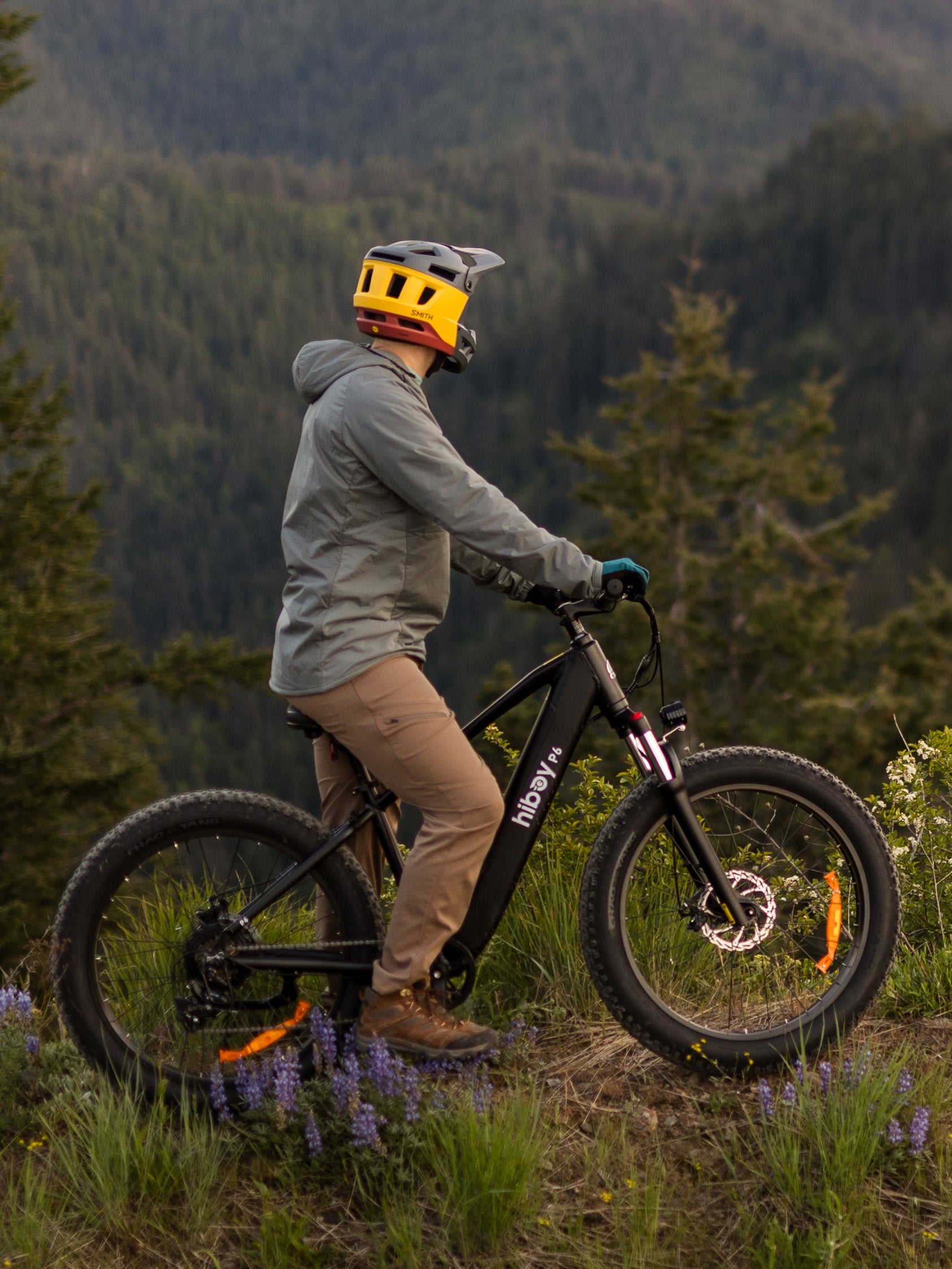
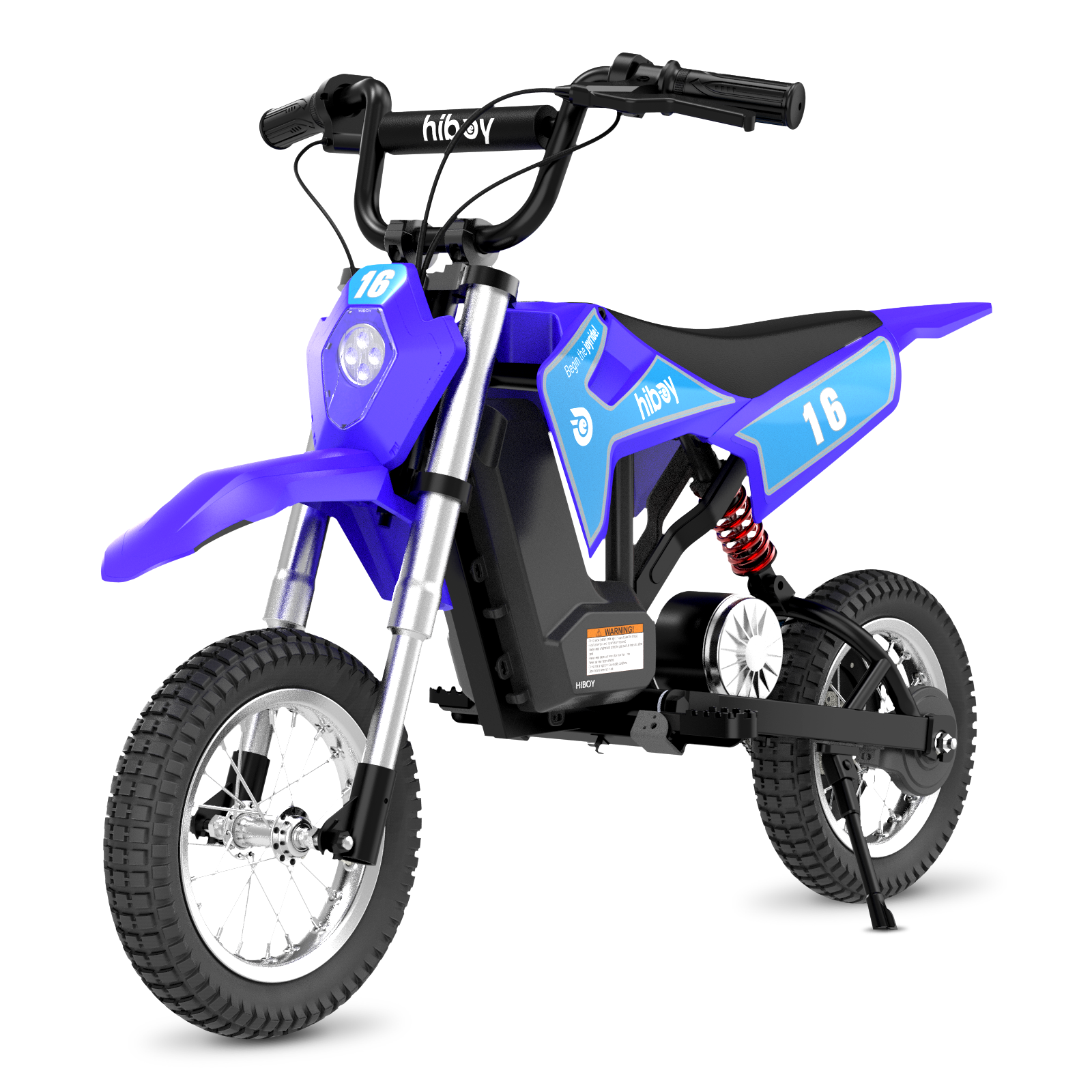 DK1
DK1
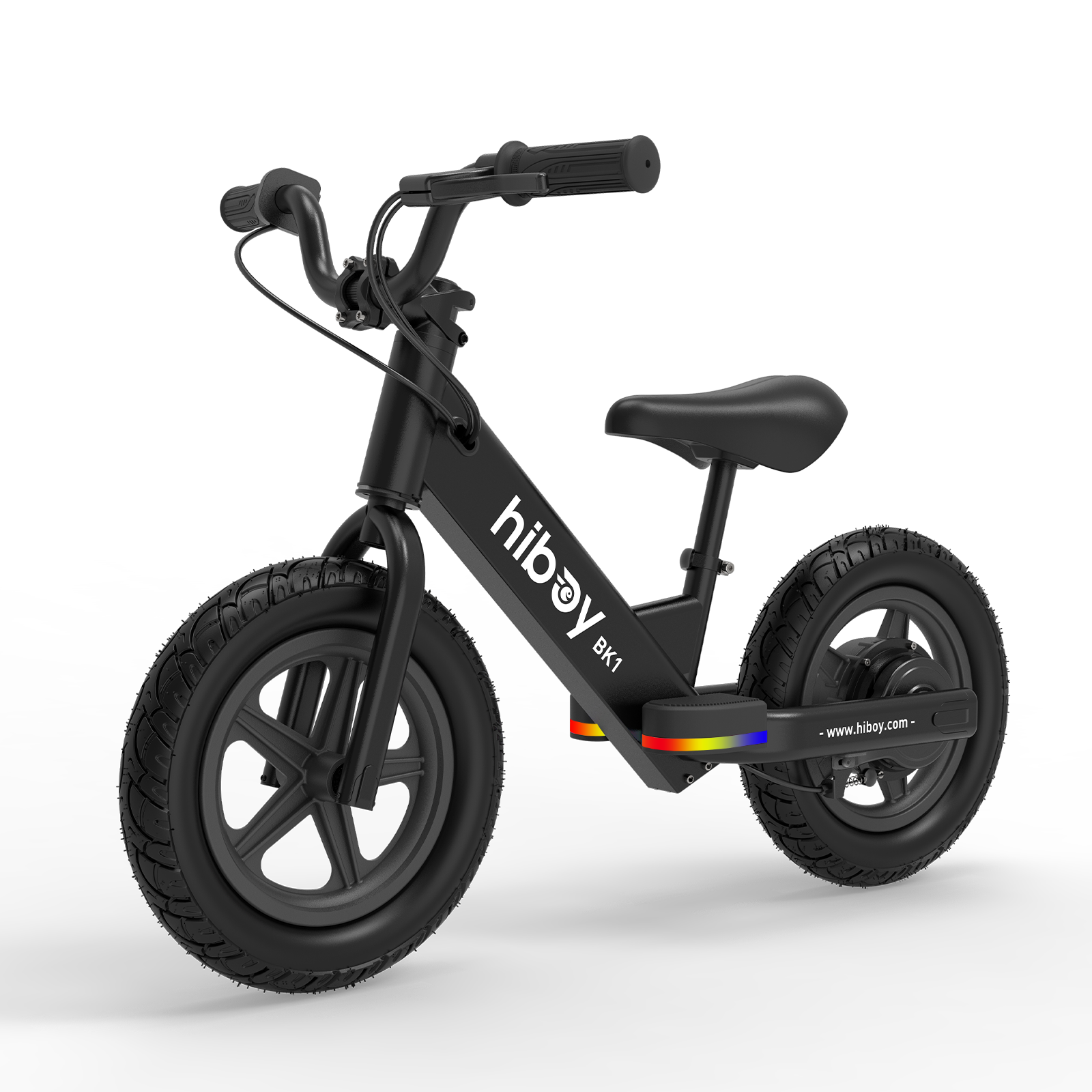 BK1
BK1
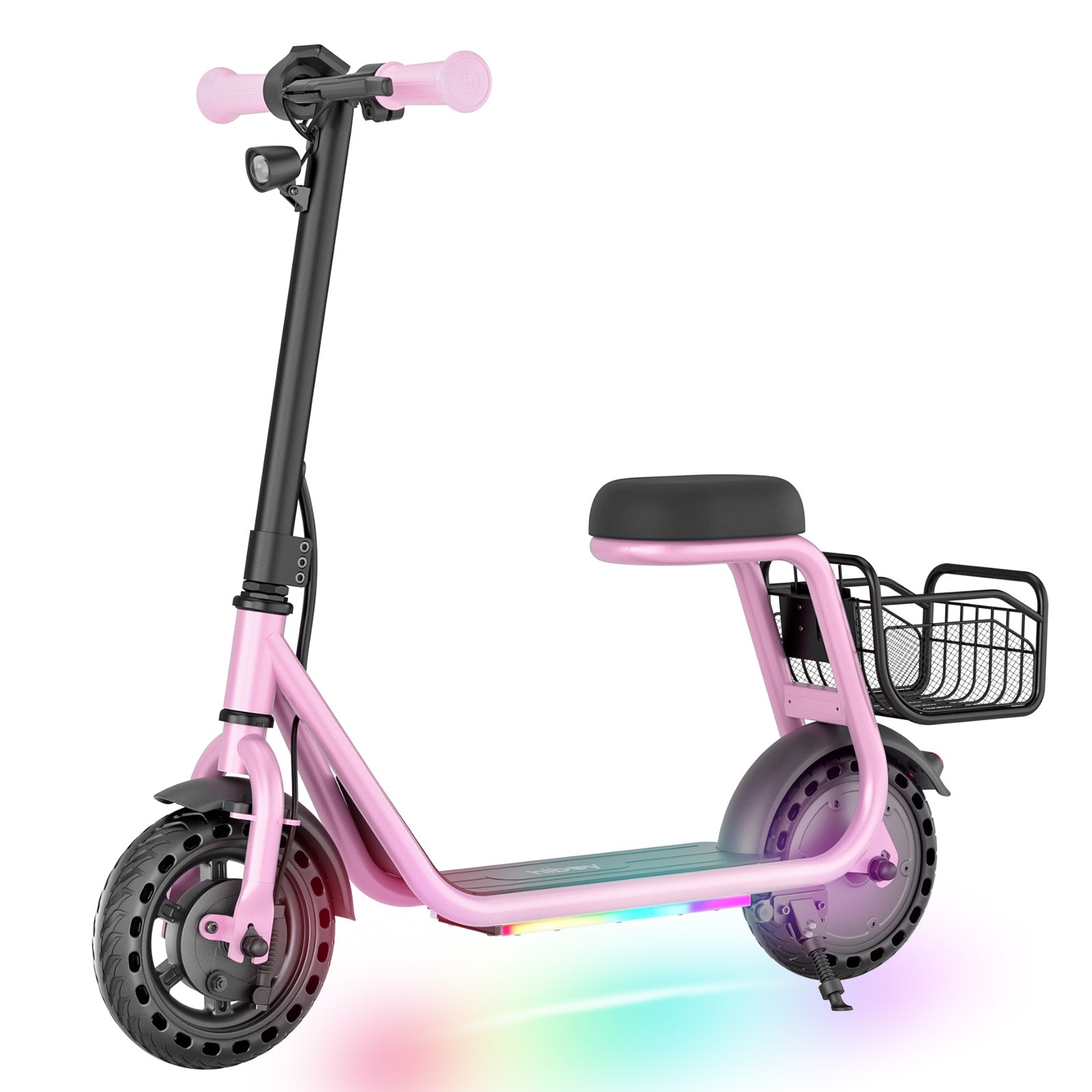 Q2 Lite-A
Q2 Lite-A
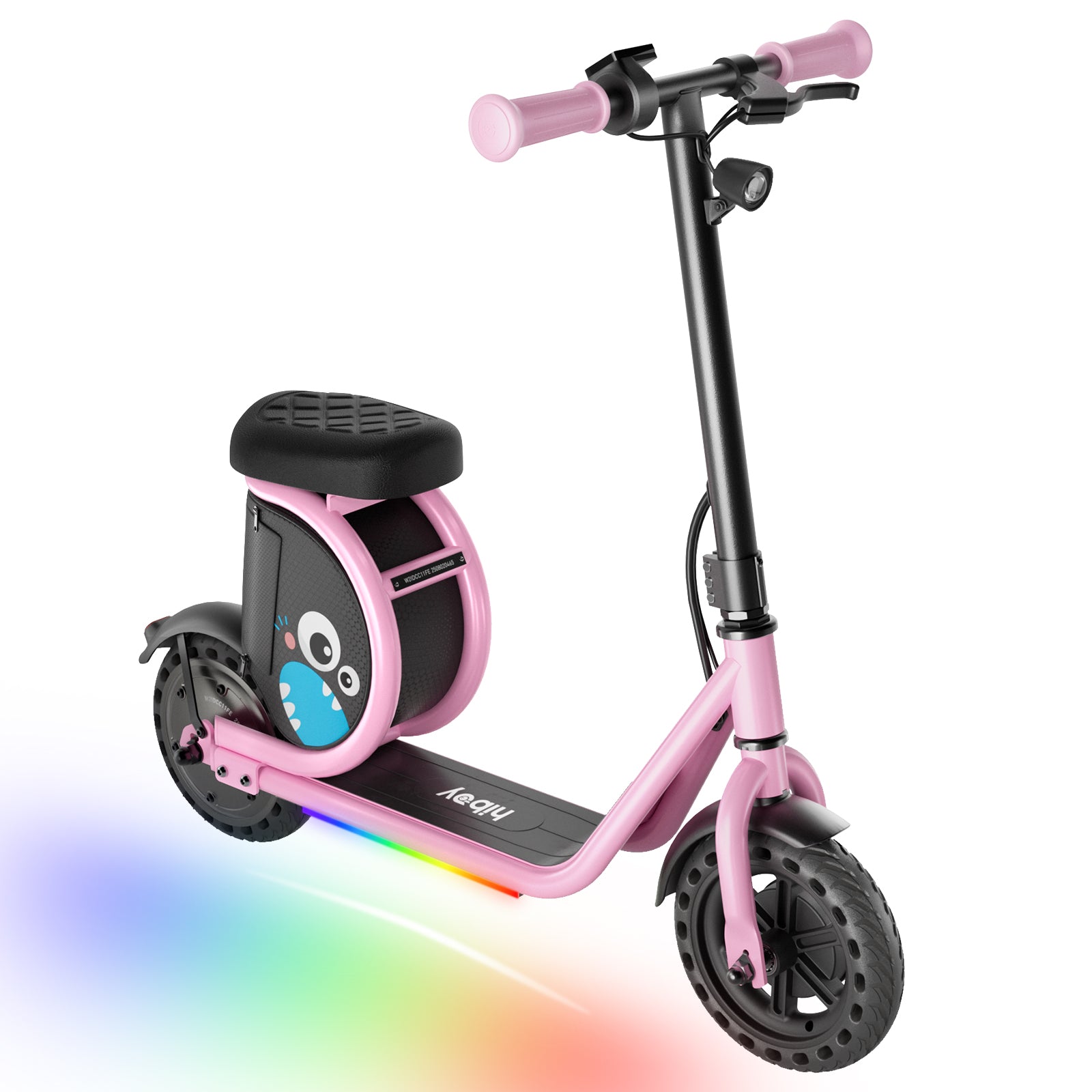
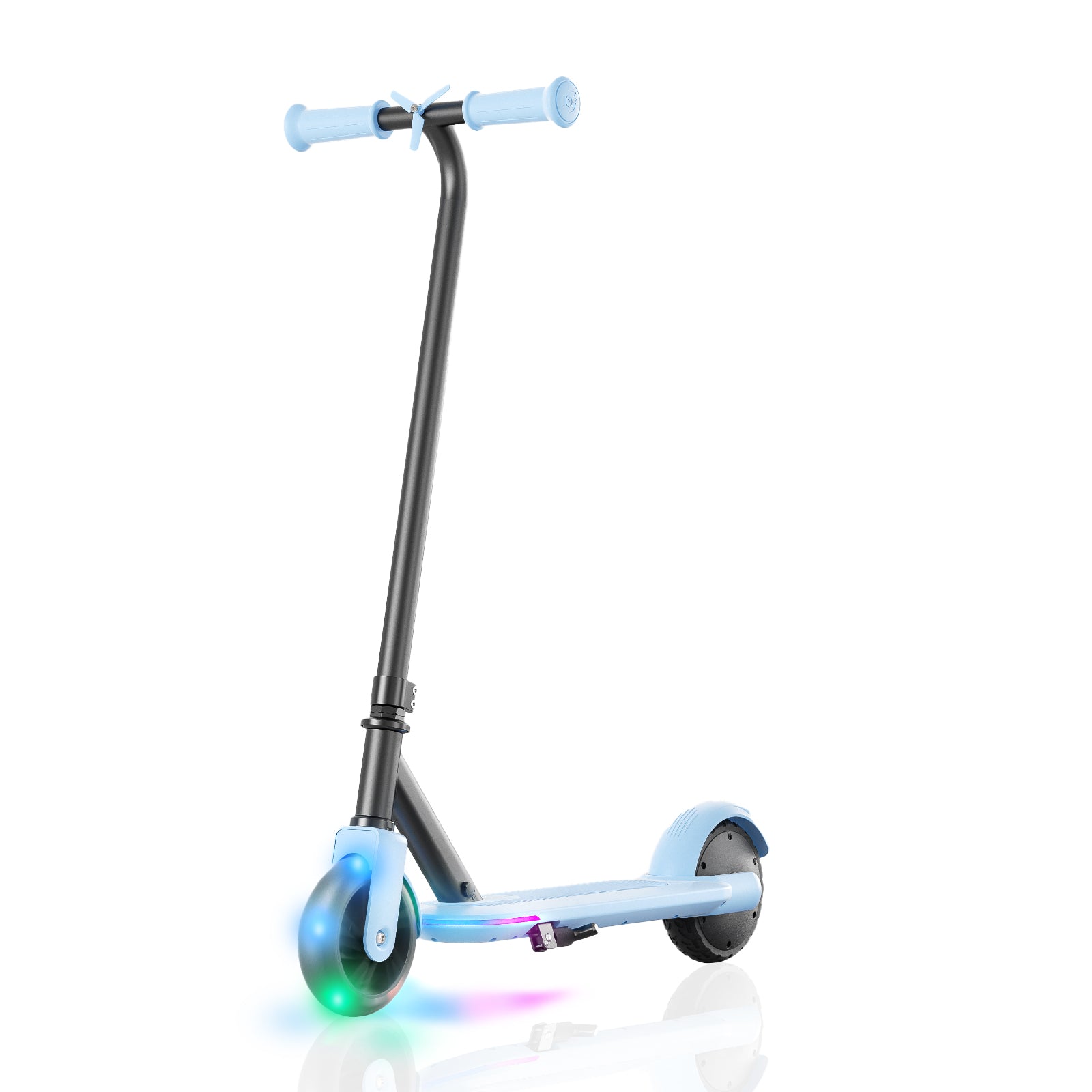 ES-1
ES-1
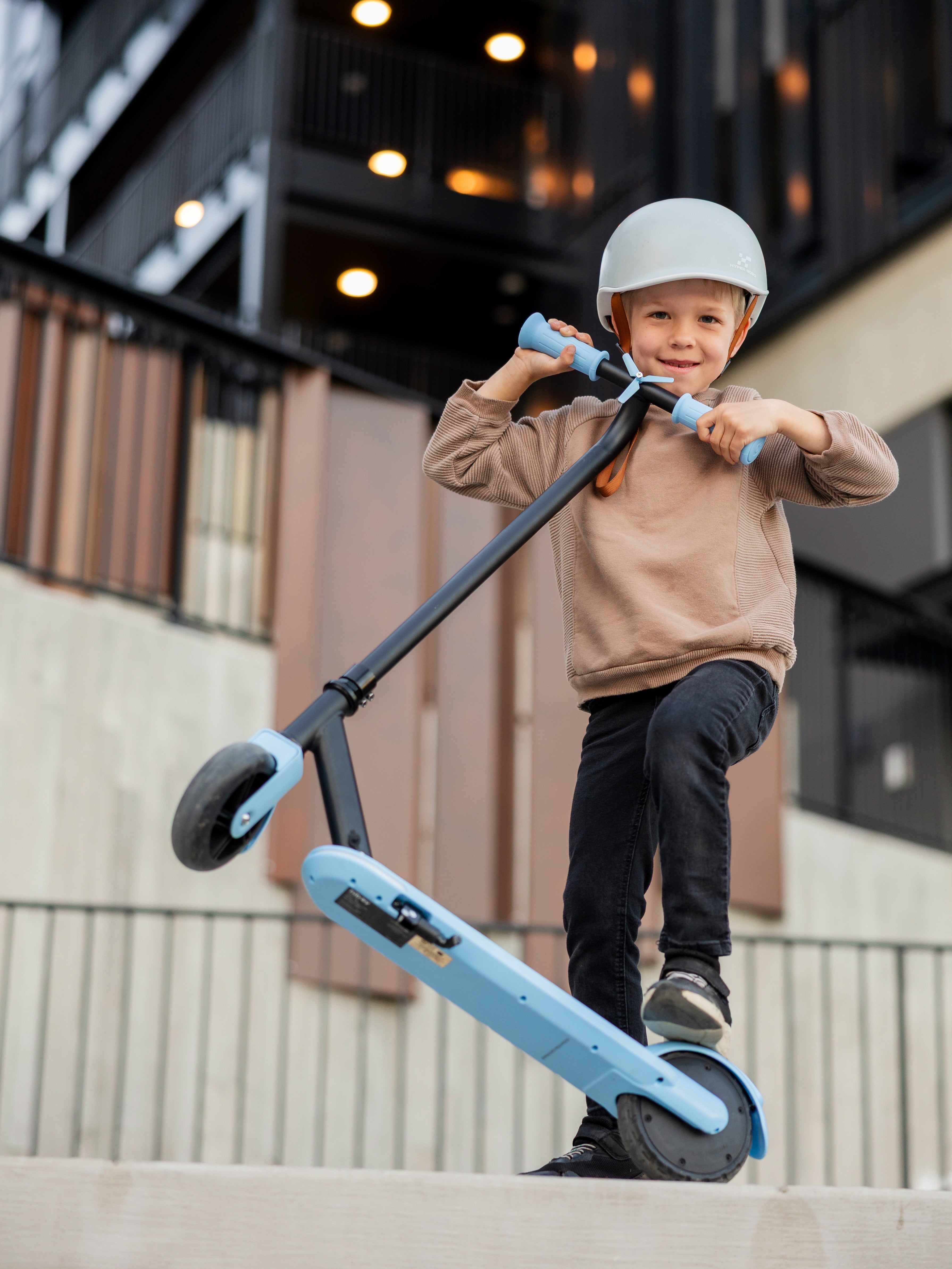
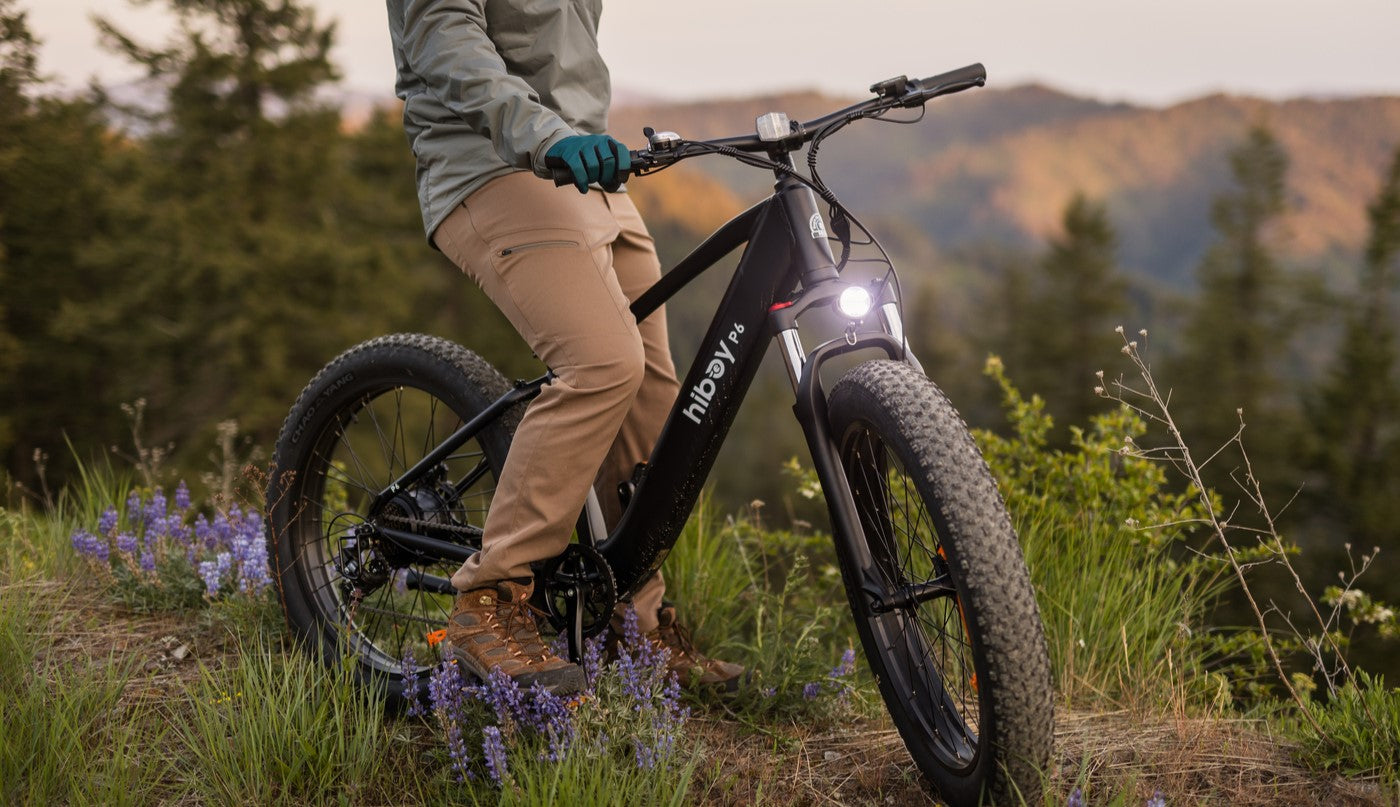
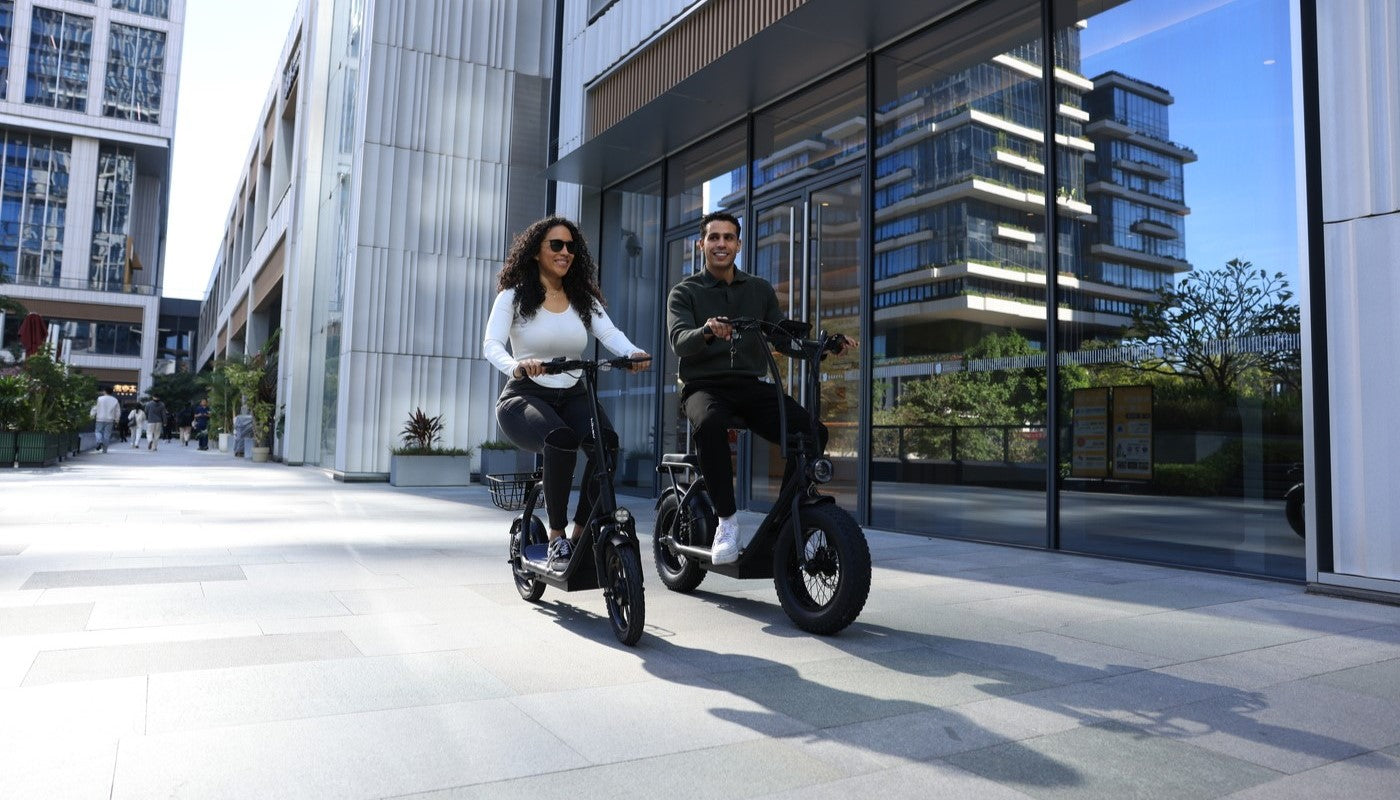
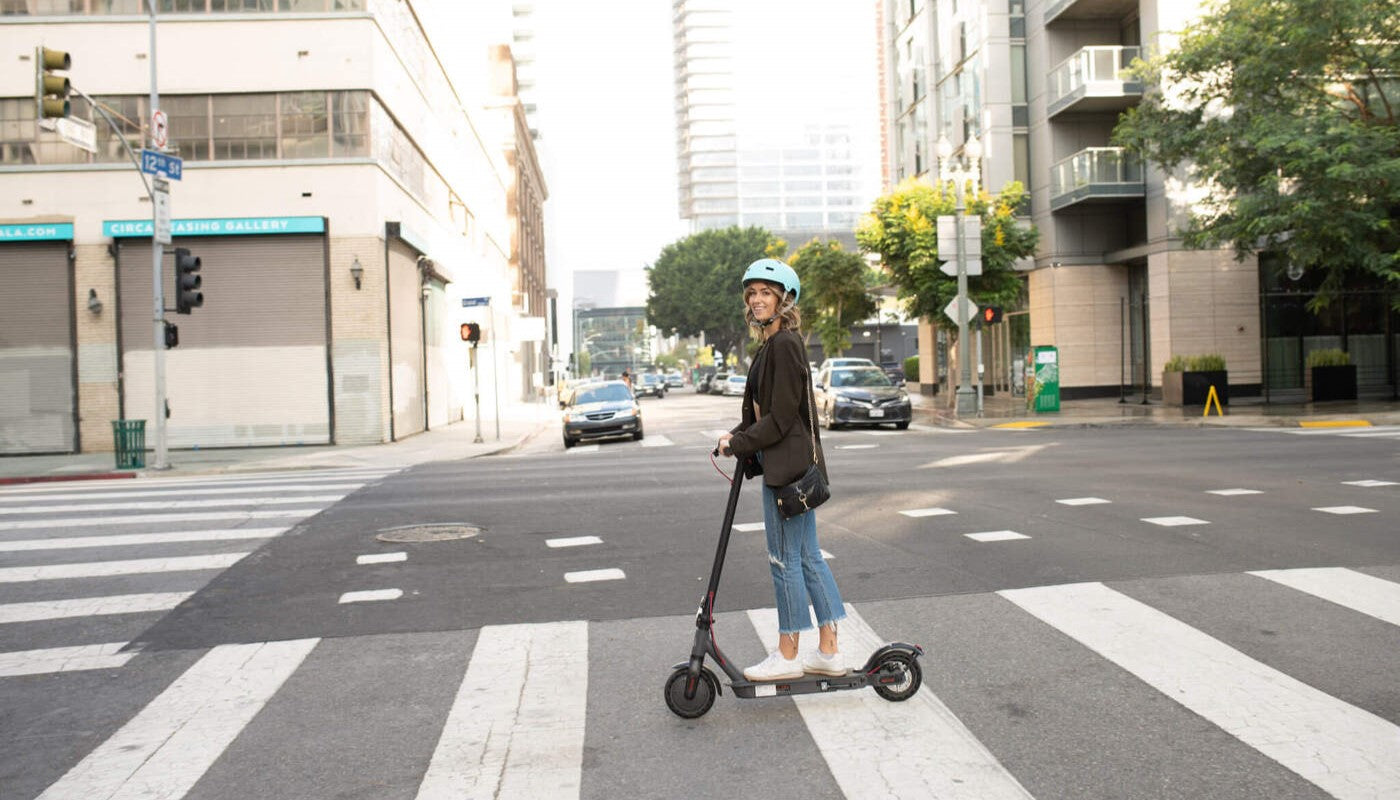






Leave a comment
All comments are moderated before being published.
This site is protected by hCaptcha and the hCaptcha Privacy Policy and Terms of Service apply.